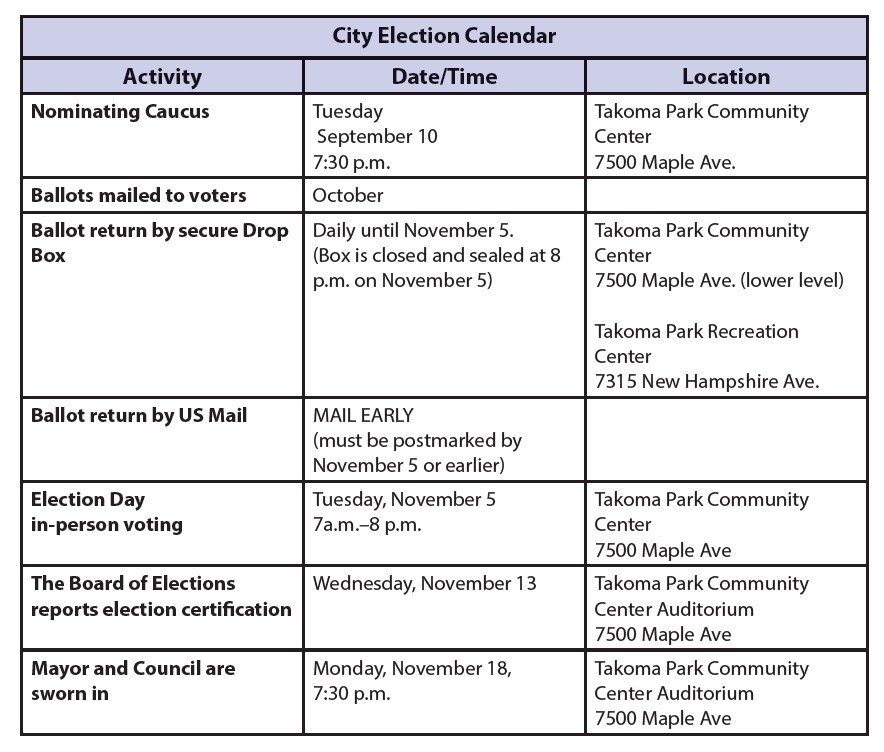What I wouldn’t give to have a grade school summer vacation again (sigh). If you are feeling the same way, we can try to capture the essence of it again as we read through the next few months. Summer reads are a time to embrace escapism, whether your “vacation” is literally traveling out of town, of the stay-cation variety, or a mental vacation in your off-hours.
Everything in this list is fi ction, because the real world is for the other seasons. Also, the real world is only thinly veiled in fiction, but that veil is important when you want to
get away from your obligations and responsibilities for a minute.
For organizational purposes, I’m going to attempt to categorize these suggestions from our collections.
Outer Space: This is as escaped as a person can get (unless you’re claustrophobic, in which case the confines of life-supported-imbued spacecraft may not be your thing).
- The Hitchhiker’s Guide to the Galaxy, by Douglas Adams. Summer is a fun time to revisit the classics, and this would be especially fun on a beach. With your towel.
- Project Hail Mary, by Andy Weir. This book brings a detail-oriented approach to the science of interstellar space travel without being boring, and the ending has a bit of a twist. Ryan Gosling is starring in the movie adaptation that is currently scheduled to be released in early 2026.
- All Systems Red (first book in the Murderbot Diaries series), by Martha Wells. This is a sentient security unit with an identity crisis, and it gives this series moments of levity, as long as you can appreciate sarcasm. This book is also technically a novella, as are several other volumes in the series, meaning that it’s not a big commitment.
Books for when you’re camping and you want to jump every time you hear a noise outside your tent:
- My Heart Is a Chainsaw, by Stephen Graham Jones. Do you love the thrill of a good scary campfire story? This book may be for you. It’s about a young woman named Jade who loves slasher movies and finds herself searching for a real slasher in the mountains of Idaho.
- When the English Fall, by David Williams. At its heart, this is a book about unplugging and life away from screens, but it’s nestled in a chassis that looks like apocalyptic fiction. A solar storm wipes out the telecom grid, and an Amish family takes in some refugees from the city.
Books for when you want to get lost in someone else’s family drama:
- The House of Broken Angels, by Luis Alberto Urrea. If you like stories about families with a lot of love (and a lot of mess), this is a beautifully written story about a Mexican American family in San Diego celebrating both a birthday and a funeral.
- Here Comes the Sun, by Nicole DennisBenn. Set around a resort in Jamaica, this book is more about the people working at the resort than the ones vacationing there. This is a story about the
lengths some people will go to for their family. - The Old Drift, by Namwali Serpell. This is a sweeping epic following three different families, spanning decades and continents, but it primarily takes place in Zimbabwe. It is gorgeous and poignant and weird and memorable.
Books if you are on Team Orca whenever another yacht goes down:
- The Heirs, by Susan Rieger. I have this in a Goodreads shelf I’ve titled “Rich People Problems.” It is beautifully written, and I’m surprised HBO hasn’t already adapted it for screen.
- Now You See Us, by Balli Kaur Jaswal. This story is told from the perspective of three domestic workers from the Philippines who were sent to Singapore. When a fellow worker is accused of murdering her wealthy employer, the others look for the real person at fault, because as the people in the background of dayto-day life, they know all of Singapore society’s secrets.
Books for when you want to be reminded that one day, the cold will return:
- South Pole Station, by Ashley Shelby. At the South Pole Station in Antarctica, Cooper Gosling embarks on an art fellowship among a group of scientists living in very close quarters. I really
enjoyed the conversations that Shelby creates between the STEM and humanities camps. - Pumpkinheads, by Rainbow Rowell. This is a charming graphic novel that takes place at an outdoor harvest festival. It has major autumn vibes, young love, and drama that is enough to keep you invested without stressing you out. It’s a perfect summer read for when you’re over summer.
This article appeared in the July Edition of the Takoma Park Newsletter. Check out this article and more on the City webpage.

